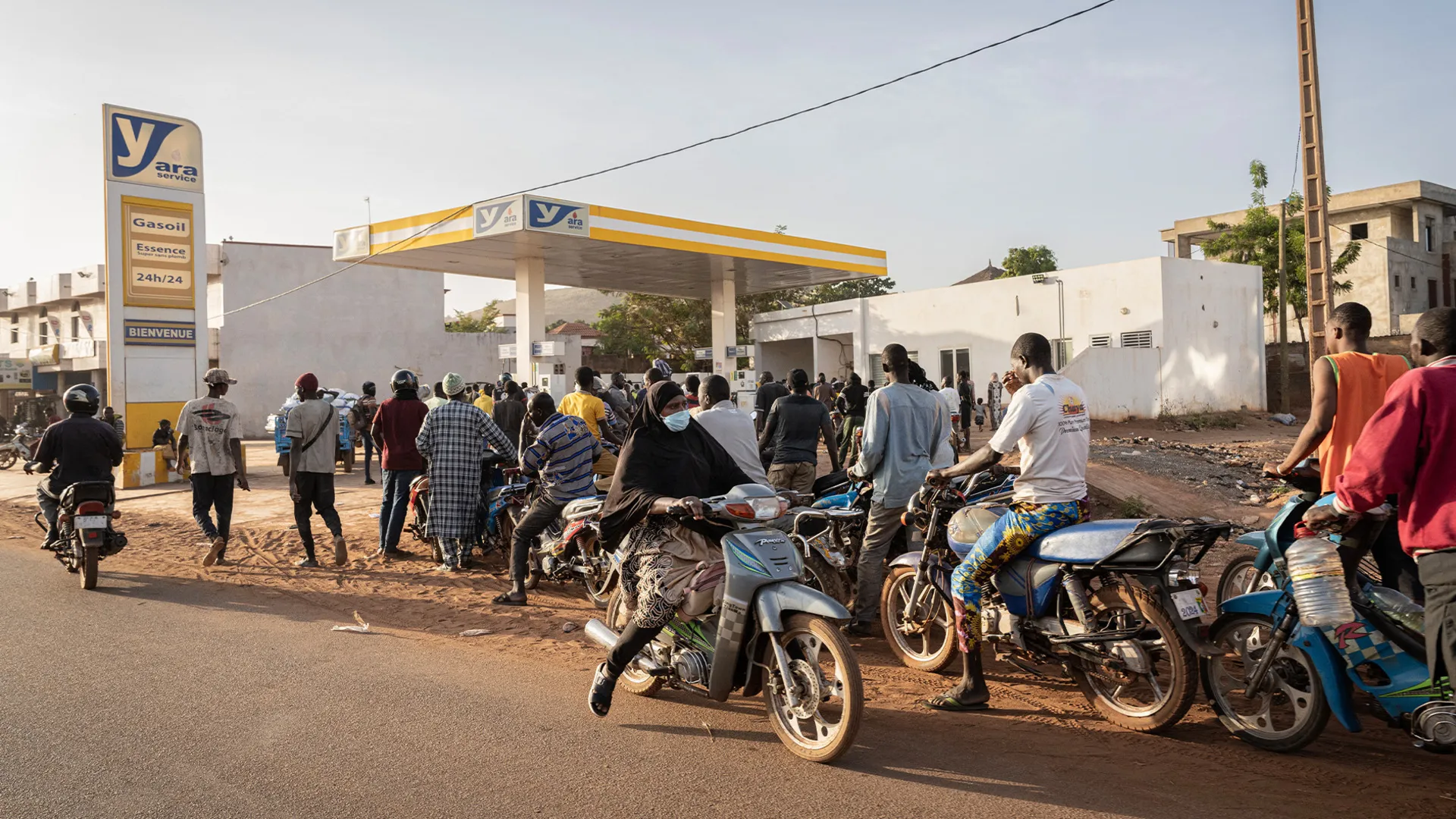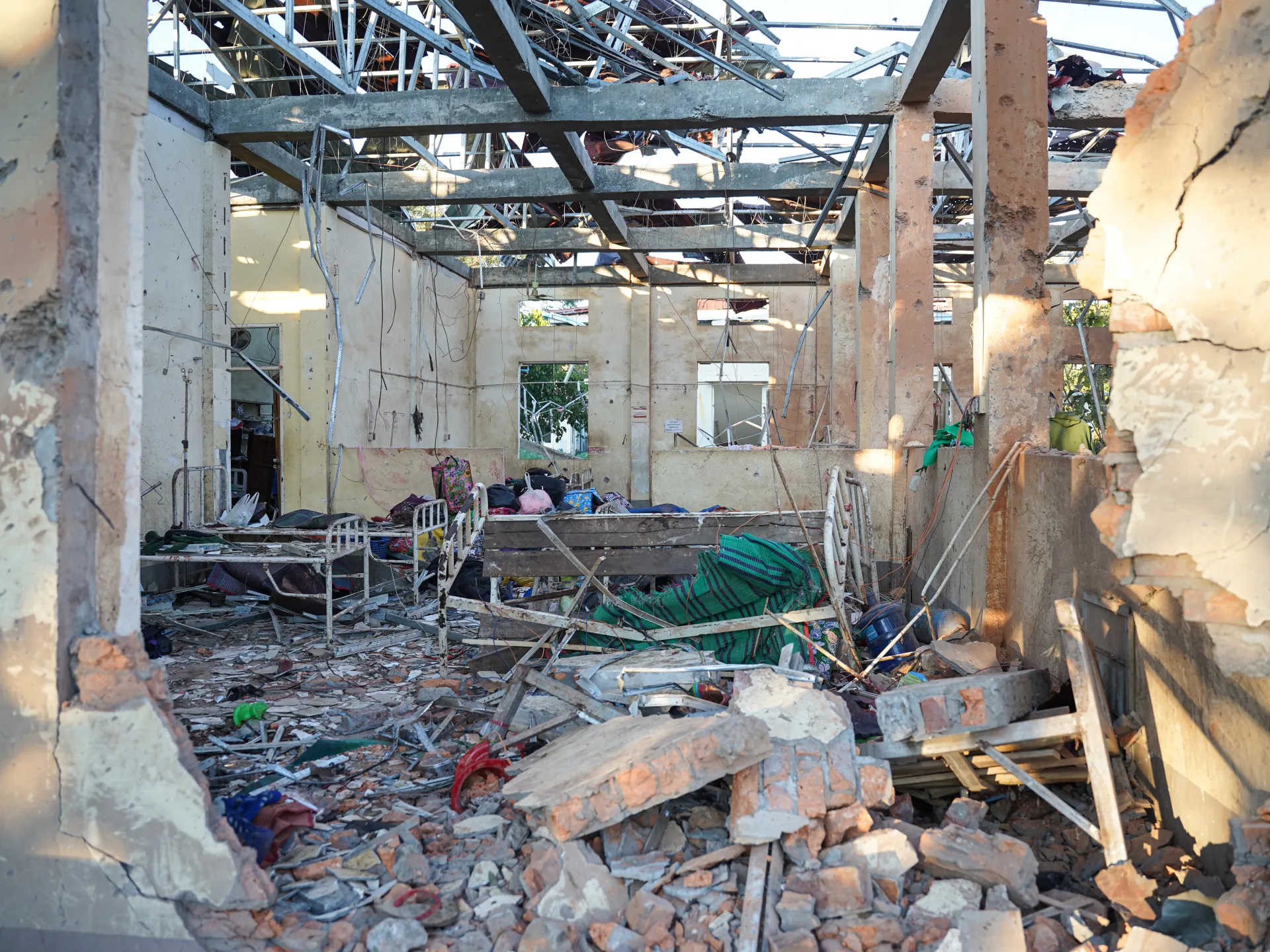Myanmar’s military has acknowledged it conducted an air strike on a hospital in the western state of Rakhine that killed 33 people, whom it accused of being armed members of opposition groups and their supporters, but not civilians.
Witnesses, aid workers, rebel groups and the United Nations have said the victims were civilians at the hospital.
Recommended Stories
list of 3 itemsend of list
In a statement published by the state-run Global New Light of Myanmar newspaper on Saturday, the military’s information office said armed groups, including the ethnic Arakan Army and the People’s Defence Force, used the hospital as their base.
It said the military carried out necessary security measures and launched a counterterrorism operation against the general hospital in Mrauk-U township on Wednesday.
However, the United Nations on Thursday condemned the attack on the facility providing emergency care, obstetrics and surgical services in the area, saying that it was part of a broader pattern of strikes causing harm to civilians and civilian objects that are devastating communities across the country.
UN rights chief Volker Turk condemned the attacks “in [the] strongest possible terms” and demanded an investigation. “Such attacks may amount to a war crime. I call for investigations and those responsible to be held to account. The fighting must stop now,” he wrote on X.
World Health Organization chief Tedros Adhanom Ghebreyesus said he was “appalled”. “At least 33 people have been killed … including health workers, patients and family members. Hospital infrastructure was severely damaged, with operating rooms and the main inpatient ward completely destroyed,” he wrote on X.
Myanmar has been gripped by attritional fighting in a raging civil war.
Mrauk-U, located 530km (326 miles) northwest of Yangon, the country’s largest city, was captured by the Arakan Army in February 2024.
The Arakan Army is the well-trained and well-armed military wing of the Rakhine ethnic minority movement, which seeks autonomy from Myanmar’s central government. It began its offensive in Rakhine in November 2023 and has seized a strategically important regional army headquarters and 14 of Rakhine’s 17 townships.
Rakhine, formerly known as Arakan, was the site of a brutal army counterinsurgency operation in 2017 that drove about 740,000 Muslim-majority Rohingya to seek safety across the border in Bangladesh. There is still ethnic tension between the Buddhist Rakhine and the Rohingya.
The Arakan Army pledged in a statement on Thursday to pursue accountability for the air strike in cooperation with global organisations to ensure justice and take “strong and decisive action” against the military.
The military government has stepped up air strikes ahead of planned December 28 elections. Opponents of military rule charge that the polls will be neither free nor fair and are mainly an effort to legitimise the army retaining power.
Myanmar has been in turmoil since the army took power in 2021, triggering widespread popular opposition. Many opponents of military rule have since taken up arms, and large parts of the country are now embroiled in conflict.

